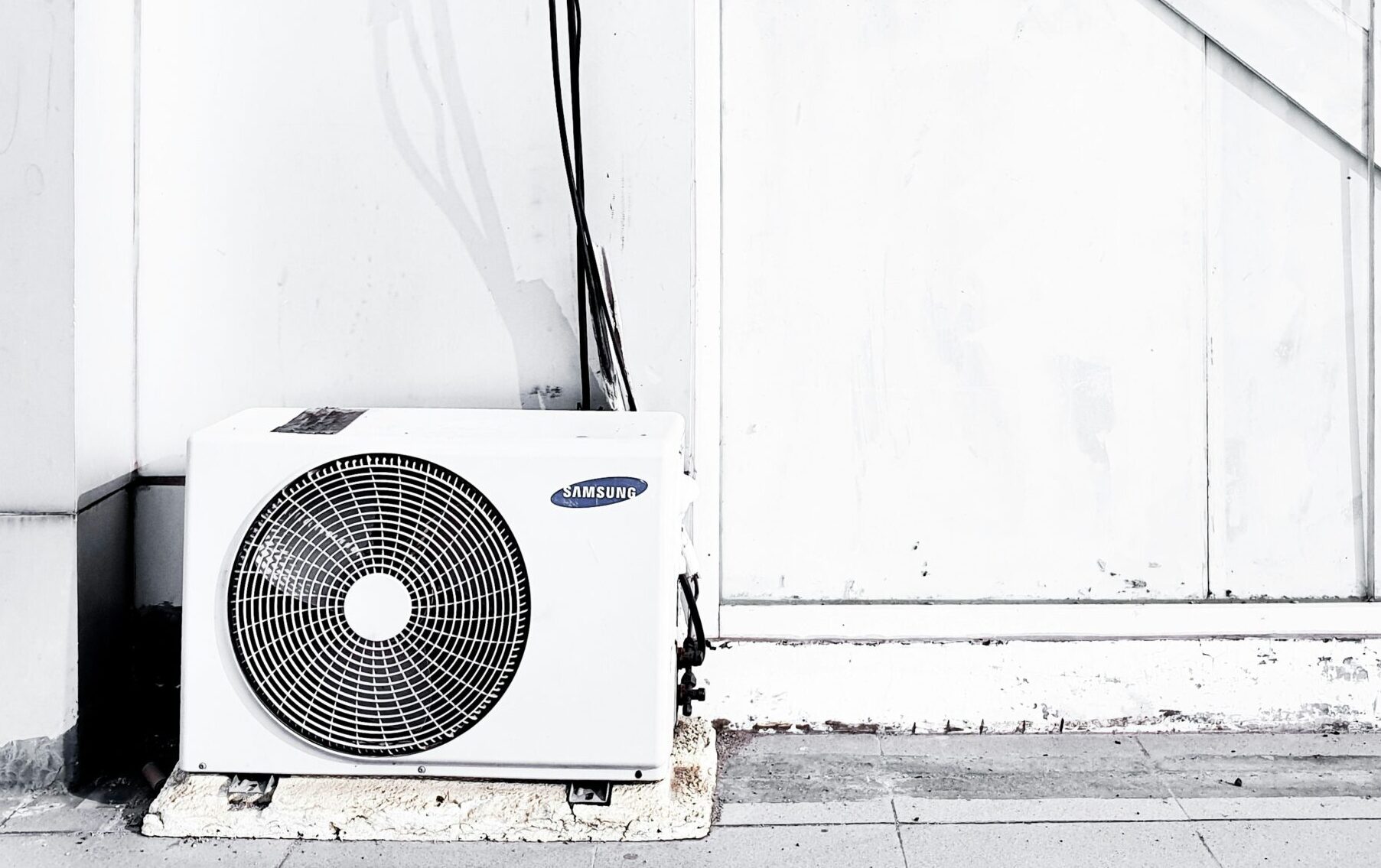Electric vehicles are changing the way people drive, offering a cleaner, more environmentally friendly way to get from point A to point B. However, how and where you charge it makes all the difference in the ease and feasibility of owning an EV. With two primary options—fast chargers and slow chargers—drivers are left guessing which one would be most ideal for their life. Fast chargers, or Level 3 or DC fast EV chargers in Milpitas, CA, fill a car in minutes. Slow chargers, like Level 1 or Level 2 stations, take hours as they are more widespread and less expensive. It depends on daily mileage, driving patterns, and charging access.
1. Charging Speed: The Key Difference in Time Investment
In terms of time efficiency, fast chargers are the undisputed champion. Fast charging can transfer 30 to 45 minutes worth of an up-to-80% battery charge, ideal for road travel or topping off quickly when in a rush and out and about running errands. Slow charging, however, is going to take a lot longer. A Level 1 charge using a typical home outlet might take 12-24 hours to charge completely, while a Level 2 charging station will take 4-8 hours. Those with overnight charging or routine day-to-day habits may most likely manage with slow chargers, but those with unreliable schedules or longer commutes will benefit from the quickness of the fast charger.
2. Cost Considerations: Upfront and Ongoing Costs
The fast charging is costlier. Public DC fast chargers tend to be more costly per kilowatt-hour (kWh) than slow chargers and thus less economical for daily use. Home-based slow charging offers a lower-cost option. Home charging points have a one-time installation charge, but the repeated electricity bill is less. For frequent travelers or those who do not have in-home charging systems, quick chargers are convenient despite being more expensive. But slow chargers are budget-friendly for budget-conscious people as they are a long-term investment.
3. Battery Health and Longevity Impact
Frequent fast charging can drain an EV’s battery over the long run. The high voltage and rapid transfer of power generate more heat, which accelerates battery degradation. Although occasional fast charging is generally safe, relying on it all the time can reduce battery performance. Slow chargers, by contrast, are kinder to batteries, allowing for better long-term health. Drivers who plan to keep their EVs for decades may prefer slow charging in order to preserve battery performance. But for drivers who constantly change cars, the convenience of quick charging may be more desirable than the long-term effects.
4. Convenience and Accessibility in Daily Life
The number of charging stations has a big impact on which one is ideal for you. Fast chargers are placed strategically along highways and business centers, where they are best for long-distance drives and road trips. They are less frequently installed in residential areas, however. Slow chargers, like residential charging units, are more widespread, allowing for overnight charging on a daily basis. For urban commuters or drivers with short distances, slow charging is typically sufficient. Rural or long-distance drivers, however, may make greater use of the convenience of fast chargers.
5. Environmental and Energy Efficiency
Slow chargers are more energy-efficient. They consume less power from the grid, hence a cleaner alternative for frequent charging. Fast chargers, although convenient, consume a lot of electricity in brief periods, which can put extra pressure on power grids. Additionally, frequent use of fast chargers by multiple vehicles can contribute to overall energy demand. Slow charging is a greener option for eco-friendly drivers to charge their EVs. However, when time is not a luxury, fast charging provides convenience at the expense of extra energy consumption.
The choice between fast and slow EV charging is lifestyle-dependent. Fast chargers are fast and convenient, ideal for drivers who commute long distances or need quick top-ups. Slow chargers, while time-wasting, are cost-effective and battery-friendly. For most EV owners, a combination of both methods—slow charging at home and fast charging on the go—strikes the ideal balance. Understand your driving habits, finances, and charging convenience, and you’ll be in a position to make the most sensible practical choice for your EV life. However, before the installation, seek an electrician to know if you need an electrical panel upgrade in Milpitas, CA.
Whether you prefer the instant gratification of a quick charger or the reliable consistency of a slow charger, optimizing your EV charging plan is the way to a convenient driving experience. Call the expert electricians at ARC Lighting & Electric at 408-722-3688 for assistance.
FAQs
1. Will frequent fast charging of my EV weaken its battery?
Yes, frequent fast charging can cause slight battery degradation over time through more heat generated during faster power delivery. The occasional use is fine, but day-to-day usage of fast charging might shorten battery life.
2. Is it worth getting a home slow charger if I have public fast chargers available?
Home slow chargers are generally more economical and convenient for day-to-day charging. Public fast chargers are convenient for trips but might be expensive and less convenient for daily applications.







